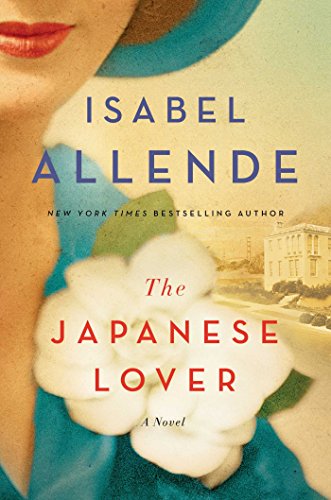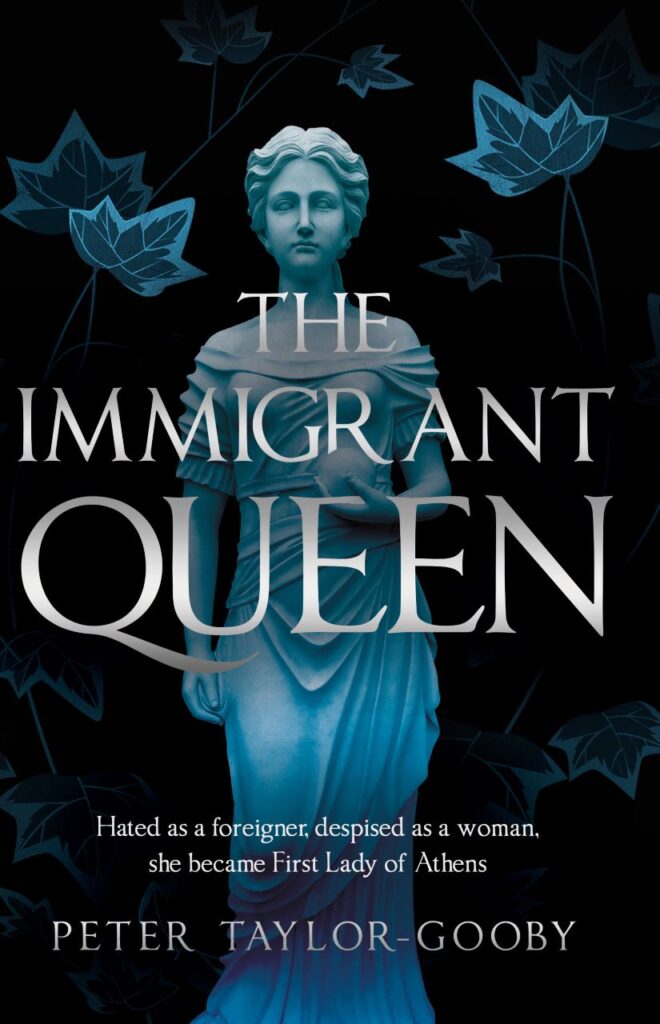The Japanese Lover
“We are all born happy. Life gets us dirty along the way, but we can clean it up. Happiness is not exuberant or noisy, like pleasure or joy; it’s silent, tranquil, and gentle; it’s a feeling of satisfaction inside that begins with self-love.” Age is the merciful healer in the Lark House Nursing Home, where several characters meet and share their unique stories. After being sent from Poland to America by her parents at the beginning of World War II, Alma is adopted by her Belasco relatives, while her parents are ruthlessly obliterated in one of Hitler’s concentration camps. Before the war begins, Ichimei Fukuda’s father begins work as the Belascos’ skilled gardener, but after Japan’s attack on Pearl Harbor, the Fukuda family is exiled to one of America’s notorious internment camps. After the war, Ichimei forms a hidden, lifelong love affair with Alma. Alma, choosing comfort and social status over her love for Ichimei, later marries Nathaniel Belasco, who carries his own secrets.
Irina, who is Alma’s assistant in her elderly years, is forced to live in anonymity as a former victim of childhood trauma. Within Lark House, Seth Belasco, Alma’s grandson, fails to attract Irina’s attention, let alone her love. The evolution of these struggles is oddly organized and partially lacking in affect, but it turns out that the “muted passion” in each character parallels the ordeals of elderly and younger characters striving to love themselves and resolve their earlier conflicts. Some muted magical realism, per Allende’s famous writing style, is added, with questionable effect. All in all, The Japanese Lover is a unique, fictional look at life from WWII to the present.










